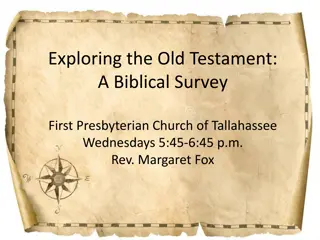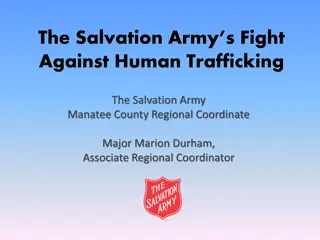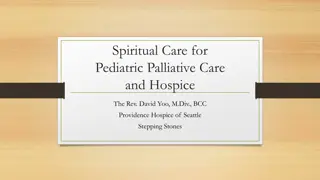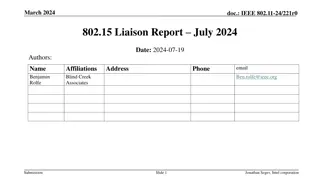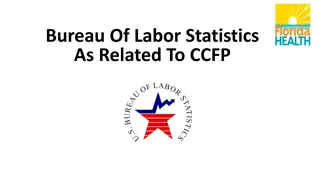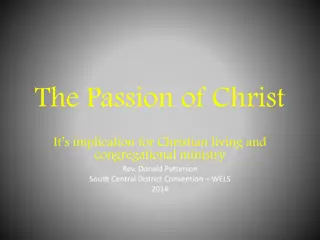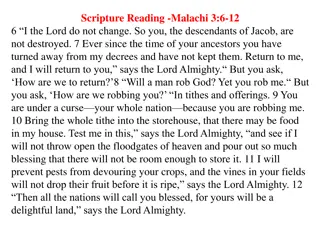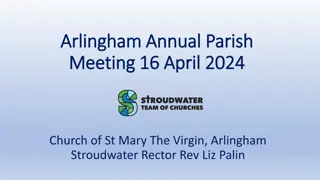
Runway Safety Teams (RSTs) and Their Importance
Learn about Runway Safety Teams (RSTs), their composition, objectives, functions, and governance in improving runway safety outcomes at airports. Discover how RSTs assess risks, propose mitigations, and collaborate with various stakeholders to enhance safety protocols.
Download Presentation

Please find below an Image/Link to download the presentation.
The content on the website is provided AS IS for your information and personal use only. It may not be sold, licensed, or shared on other websites without obtaining consent from the author. If you encounter any issues during the download, it is possible that the publisher has removed the file from their server.
You are allowed to download the files provided on this website for personal or commercial use, subject to the condition that they are used lawfully. All files are the property of their respective owners.
The content on the website is provided AS IS for your information and personal use only. It may not be sold, licensed, or shared on other websites without obtaining consent from the author.
E N D
Presentation Transcript
Runway Safety Teams (RSTs) described Session 5 Presentation 1
RSTs: Composition At a minimum, representatives from: Airport Operator Air Traffic Services Providers (Tower, Radar, etc) Flight Operations (Airlines and general aviation) May also include: The regulatory authority Military (if applicable) Support services (de-icing, ground handling, etc) Rescue Fire Fighting Services On invitation: Subject Matter Experts
RSTs: Objectives Improve Runway Safety outcomes at the airport. To promote a collaborative approach by exchanging information and develop best practices to manage risks To constitute a body of experienced Runway Safety individuals across all relevant aviation disciplines. To identify optimal overall risk management approaches while avoiding unintended consequences.
RSTs: What they do Assess operational risks specific to the airport. Propose mitigations to prevent runway events (incursions, excursions and others). Measure and monitor the effectiveness of the mitigations. Educate and Promote - Raise awareness of the operational risks among all stakeholders.
RSTs: The fit with other safety processes An RST contributes to the safety management systems of participating service providers. An RST can also contribute to safer delivery of support services for organizations not required to have an SMS. It is essential that this work is integrated appropriately with other safety and operational committees and is a permanent agenda item.
RSTs: Governance Airports generally host RST meetings: Regularly scheduled to review recurring safety issues and mitigations put in place. May be called to address specific safety events or issues identified by RST participants. The RST should elect a chairman to coordinate meetings and other activities. The chairmanship does not belong to a specific domain The RST is not an authority, but provides recommendations to be implemented as appropriate by the service providers
RSTs: Determining the scope of runway safety Runway incursions and excursions are global runway safety issues: account for xx percentage of runway safety-related accidents between 20xx and 20xx Other runway safety issues may include: Airport security Wildlife control Bird strikes Ramp safety Each RST needs to determine risks specific to its operating environment and prioritize accordingly.





